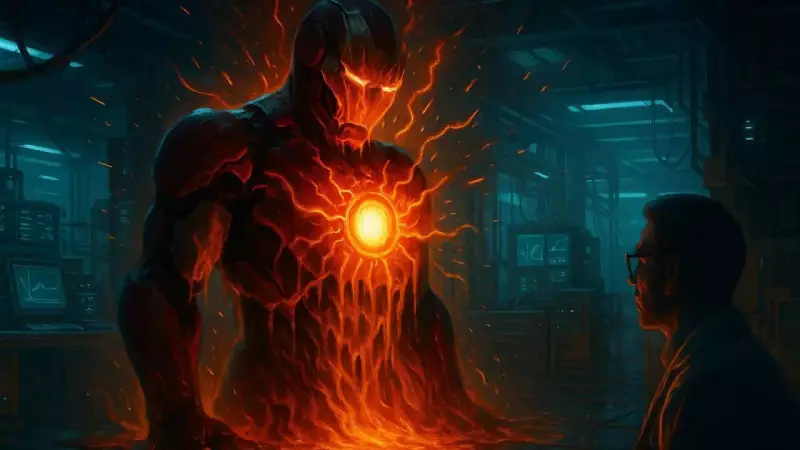
For over a decade, Marvel enthusiasts across India have fantasized about stepping into Tony Stark's shoes, donning the iconic Iron Man suit, and soaring through the skies powered by that brilliant arc reactor. While the silver screen makes this technological marvel look seamless and utterly cool, the real-world scientific perspective, as explained by renowned astrophysicist Neil deGrasse Tyson, is a brutal wake-up call. The dream, it turns out, would likely end in a fiery disaster before Stark could even finish his famous declaration.
The Thermodynamic Nightmare of a Pocket-Sized Sun
At first glance, the arc reactor is the pinnacle of Stark's engineering brilliance, a compact power source nestled in his chest. However, Tyson reframes this concept in starkly realistic terms. He suggests it would be akin to strapping a miniature, functioning sun directly to your ribcage. To accomplish its on-screen feats—powering flight, repulsor rays, and the entire armored suit—this device, no larger than a hockey puck, would need to generate an astronomical amount of energy.
The immediate and insurmountable problem is heat. This immense energy output would produce temperatures so intense that they would instantly melt the reactor's casing, the surrounding exosuit, and Tony Stark himself. Real-world nuclear reactors depend on massive cooling towers, complex radiation shielding, and heavy infrastructure to remain stable. Stark's chest piece, stylish as it is, has none of these safeguards. The laws of thermodynamics are unforgiving; such colossal power inevitably comes with colossal heat. Tyson humorously notes that a real-life Iron Man's debut would be cut short, vaporizing midway through his "I am Iron—" line, much like a metal fork left in a microwave.
The Unspoken Crisis of Energy Storage
Even if, by some miracle, the heat problem were solved, a second deal-breaker emerges: energy storage. Tyson highlights that advanced real-world reactors struggle to contain their energy without extensive systems for cooling and protection. A palm-sized fusion battery, with no vents, heat sinks, or shielding, placed directly against a human body, would be catastrophically unstable.
The fundamental issue is that the energy produced would need to be used instantaneously. Any attempt to store such extreme power in such a confined space would lead to immediate and catastrophic failure. In simple terms, you would have to burn the energy the very moment it was created, and even then, the user would likely be glowing hotter than the reactor itself, effectively turning the device into a personal thermal grenade.
Why Iron Man is Still Science's Favorite Superhero
Despite delivering this harsh physics lesson, Neil deGrasse Tyson still places Iron Man in a special category. He ranks Tony Stark among the most scientifically believable superheroes in the comic book universe. The key distinction, and what Tyson admires, is that Stark's power doesn't stem from alien DNA, radioactive accidents, or mystical artifacts. It comes from human engineering talent, intellect, and resourcefulness.
In Tyson's view, characters like Iron Man and Batman represent the closest the superhero genre gets to a plausible reality. They are human geniuses who use technology to push boundaries. While the chest-sized arc reactor remains firmly in the realm of science fiction, the character of Iron Man endures because he embodies a powerful human ideal: the belief that we can engineer solutions to impossible problems, suit up, and take on the world. The physics may not cooperate, but the dream, powered by that glowing reactor, continues to inspire millions.





